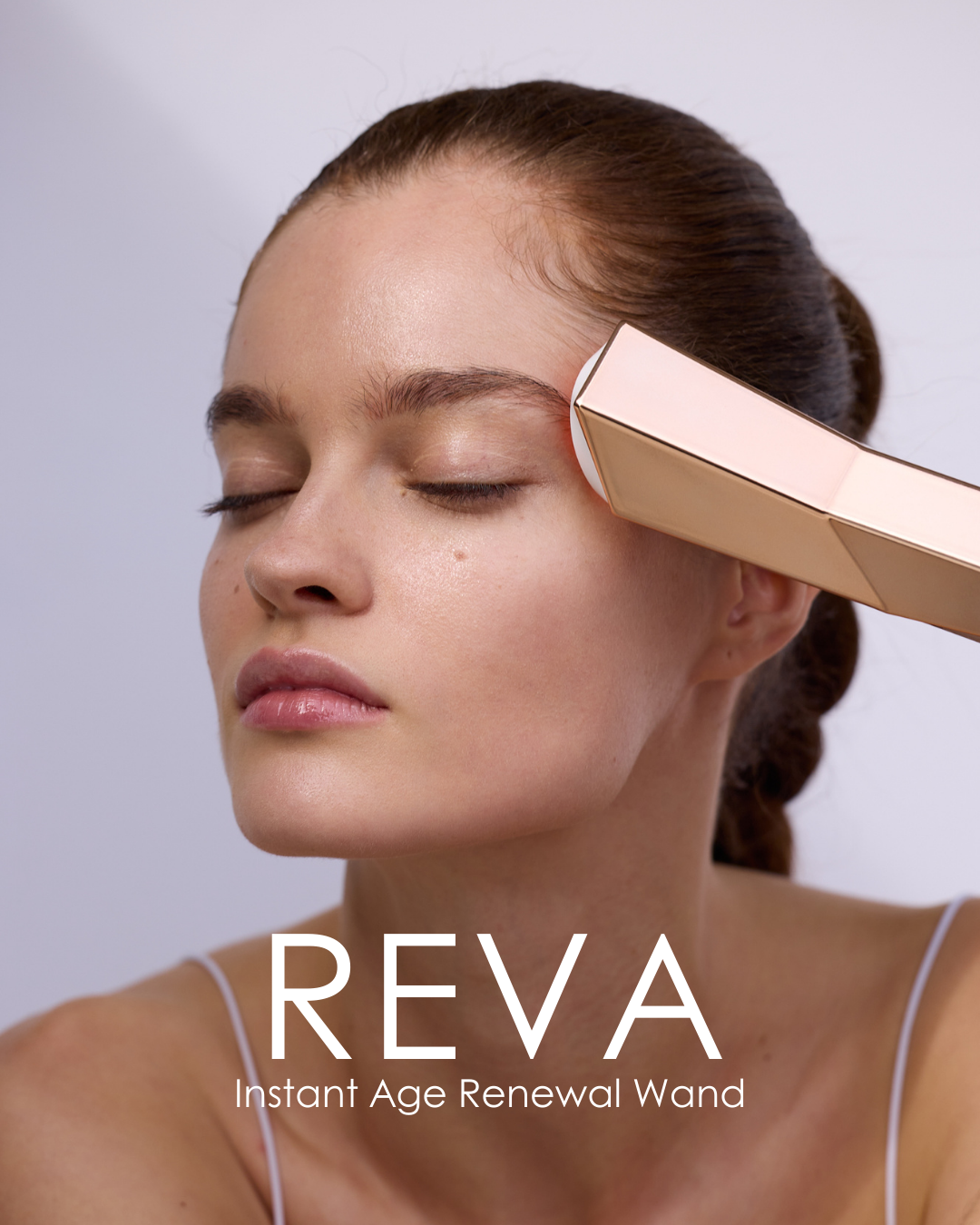
Does your skin really benefit from LED light therapy? Let’s find out.
IN THIS ARTICLE:
- 1. Types of LED light; Red LED or Blue LED, choose what’s best for you!
- 2. Choosing the right device; our pick? The Project E Beauty LED Face Mask
- 3. The benefits of 7 colors of the Photon Skin LED face mask
- 4. The functions of the Photon Skin LED face mask
- 5. Last thoughts– Are you ready to jump on the at-home LED light therapy trend?
We’ve all seen celebrities and celebrity makeup artists promote LED masks on their social media channels, but do we really understand what it means and how it works for us? While LED light treatment was a much more guarded treatment, now with the advancement of technology, almost anyone can own one and have the therapy at home.
Types of LED light; Red LED or Blue LED, choose what’s best for you!
LED light therapy has made its way through the channels into the beauty and skincare world, and beauty gurus strongly advocate for the use of blue light therapy and red light therapy. But how do we know which of these is the better option for your skin problems? The different lights target different skin issues you might be having.
The most common and well-noted benefits of Red Light Therapy is its rejuvenation effect on the skin. The red light works to increase collagen production, decrease and hold back premature cell damage, and it also helps limit the skin’s sebum production. Additionally, studies have found that red light therapy can significantly improve skin feeling and complexion and skin feeling. They did so by measuring skin roughness and collagen density in the participants of the study. The test was conducted after 30 sessions of red light therapy.
Red light also works wonders for people with acne-prone skin as it is known to reduce inflammation. Your breakouts then have a chance to heal faster. To briefly get into the science of this, when the red light enters your cells, they work with the mitochondria to produce a lot more energy than they usually do. With this extra energy, the cells are able to regenerate better, boost new cell growth, and enhance skin rejuvenation. With new cell growth, the collagen produced is faster and more frequent than in aging skin, which makes it look firmer and more youthful.
Blue light therapy on the other hand helps with making the skin radiant and improving the texture. It can provide skin clarity and even out the tones of the skin. It works by killing the bacteria on your skin that can cause spots. When blue light falls on the skin, it is quickly absorbed by acne-causing bacteria. Molecules within these bacteria then react by producing oxygen and other substances which in return kill the bacteria that causes acne.
If not treated, the bacteria that resides on your skin can lead to zits or spots, which then do not heal properly. This can lead to pigmentation and an uneven skin tone. Blue light therapy is therefore helpful in addressing the problem at the root. However, it should be noted that it works best for occasional spots and not for cystic acne.
Choosing the right device; our pick? The Project E Beauty LED Face Mask
This light therapy face mask uses the latest in light irradiation technology and quality materials making it safe, comfortable, natural, and reusable. This wireless mask is conveniently use in anywhere and 50% lighter than previous version.
The Photon Skin LED face mask is designed for facial beautification. It uses natural light waves, which are transmitted by LEDs into the skin. This Project E Beauty light therapy mask provides you 7 different light colors to penetrate deep below the skin's surface, delivering key nutrients to skin's cells to stimulate the natural rejuvenation process. With simplified routine, give your skin the love and care it deserves!
The benefits of 7 colors of the Photon Skin LED face mask:
- Red light- Increases Blood Flow and Collagen Production
- Blue light- Calms and Tightens Skin
- Green light- Improves Pigmentation, Fine Lines, and Anti-Aging
- Yellow light- Smoothens Skin and Reduces Redness
- Purple light- Is relaxing, Improves Lymph Metabolism
- Light blue light- Soothing, Can Help Allergies
- White light- Accelerate Tissue Metabolism
When you use the Project E Beauty LED face mask, the light penetrates your facial tissue to boost collagen, clear and tighten your skin, reduce lines and wrinkles, improve skin color, and much more. Finish off your treatments with a Hyaluronic Acid serum to elevate your anti-ageing results.
You can use it in 4 easy steps. Start off by cleaning your face and drying it before putting the mask on. For step 2, switch the mask on, and select the light and other features you want for your treatment. Step 3 is the easiest, just sit back and relax for 10-15 minutes! You can use the remote’s “time” button to set this. Lastly, for step 4 is moisturizing. Use a good quality serum to seal all the goodness of the mask in.
The functions of the Photon Skin LED face mask:
- Anti-aging
- Skin tightening
- Shrinks pores
- Provides oil control
- Freckle removal
- Collagen boost
Last thoughts– Are you ready to jump on the at-home LED light therapy trend?
This LED face mask can give you all the support your skin needs, and more. Additionally, when Blue light therapy and red light therapy are used together with each other, they are much more effective at healing the skin.

written by Charlotte Rycroft
Reference
Behm B, Kemper M, Babilas P, Abels C, Schreml S. Impactof a glycolic acid-containing pH 4 water-in-oil emulsion onskin pH. Skin Pharmacol Physiol 2015;28(6):290e5.
Cowdell F, Steventon K. Skin cleansing practices for olderpeople: a systematic review. Int J Older People Nurs 2015;10(1):3e13.
Friedman M, Wolf R. Chemistry of soaps and detergents:various types of commercial products and their in-gredients. Clin Dermatol 1996;14(1):7e13.
Webster J, Osborne S. Preoperative bathing or showeringwith skin antiseptics to prevent surgical site infection.Cochrane Database Syst Rev 2015 Feb 20;2:CD004985.http://dx.doi.org/10.1002/14651858.CD004985.pub5.
Chien AL, Qi J, et al. “Perioral wrinkles are associated with female gender, aging, and smoking: Development of a gender-specific photonumeric scale.” J Am Acad Dermatol. 2016;74:924-30.
van de Kerkhof PCM and Schlkwijk J. (2008) “Psoriasis.” In: Bolognia JL, Jorizzo JL, et al. editors. Dermatology, 2nd ed. Spain, Mosby Elsevier: p. 115.















Leave a comment
This site is protected by hCaptcha and the hCaptcha Privacy Policy and Terms of Service apply.